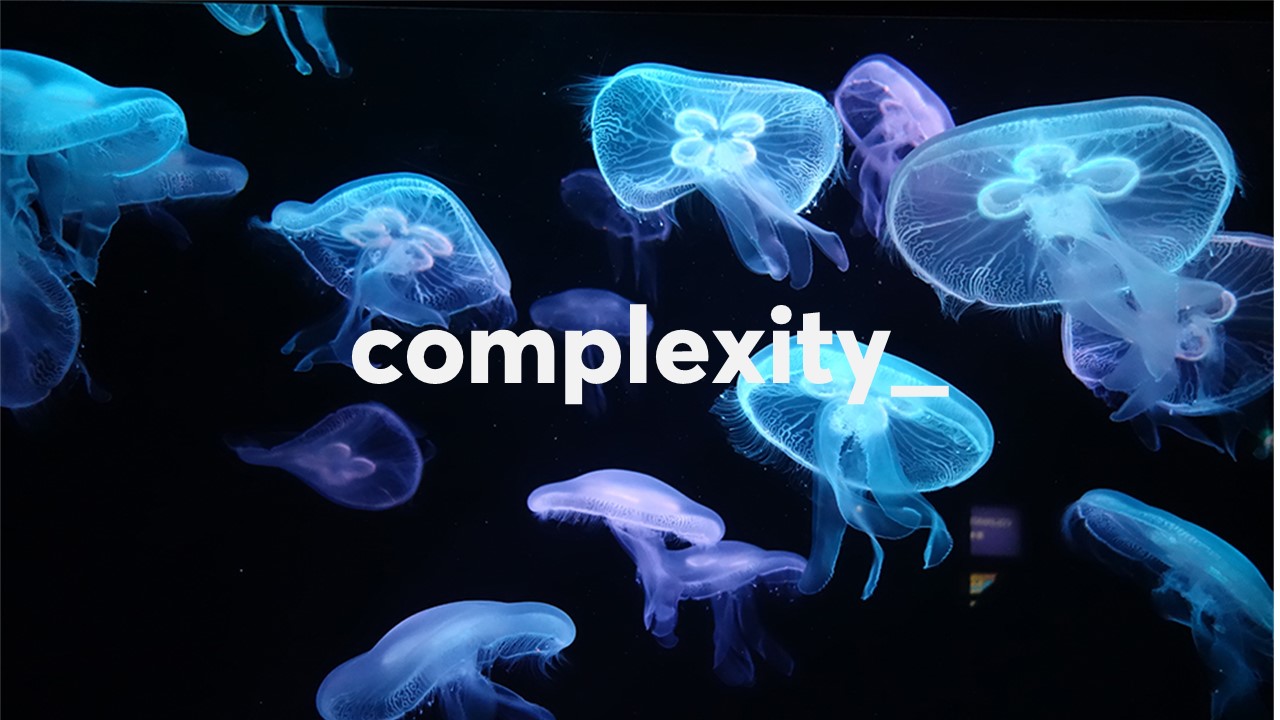The emerge© model_
To evolve in uncertainty is to actualize_
With more than 15 years of R&D, Spindle has developed a unique approach that integrates the best of the methods that promote agility (Scrum, Holacracy, Design Thinking, Lean Startup, Sociocracy, etc.) as well as many tools developed over the course of the experiments.
Our emerge© model redefines and models the interactions, postures and processes that enable organizations to take the path of agility at their own pace.
Our unique approach to cultural transformation operates itself in “agile mode”, through experimentation, iteration & pollination; it adapts to the specificities of each enterprise, administration or institution.

Learning to adapt in an uncertain environmen
Organizations face an environment with so many and changing interactions that they cannot be controlled, making the usual planning and management tools ineffective.
This uncertainty is not only a source of fear but also of opportunities.
The objective of our approach is to allow individuals and teams to reconfigure whenever one or more elements of their internal or external environment change.
To do this, we develop and train their adaptability so that it becomes an automatism/ habit.

Update interactions and beliefs
In a complex context, the amount of interactions and unknowns is such that the analytical thinking we have been trained is no longer works. The more we break down a complex problem, the more we increase its complexity. So how do we operate? How to adapt to complexity?
- Changing the way we act with the world and with others – at Spindle, we are talking about interactions,
- Changing how we see the world – we use the term “mental map”, that is, representations and beliefs.
When an individual change his interactions or his mental map according to an event that occurs (need, desire for change, necessity, gap observed…), we will say that he actualizes or update his vision of the world or its interactions.

The OODA cycle
The update mechanism is based on the OODA cycle: Observe, Orient, Decide, Act.(John Boyd)
Observe tensions, that is, gaps between what we believe and what is happening in reality. This tension questions and challenges our mental map, our representations.
This awareness will make it possible to orient oneself differently in one’s mental map, to reconfigure it, then to decide and to act accordingly.
This action will itself generate feedback from the reality that it will again be interesting to observe. And so on and so forth.

Fostering intrinsic motivation
In order to guarantee the commitment of individuals in this process, the risk-taking of experimentation and the collection of feedback, it is highly desirable to activate the levers of intrinsic motivation: autonomy of people, mastery and purpose.

Train to be agile
To learn how to practice these actualization loops, teams train individually and collectively with the support and mentoring of Spindle.


